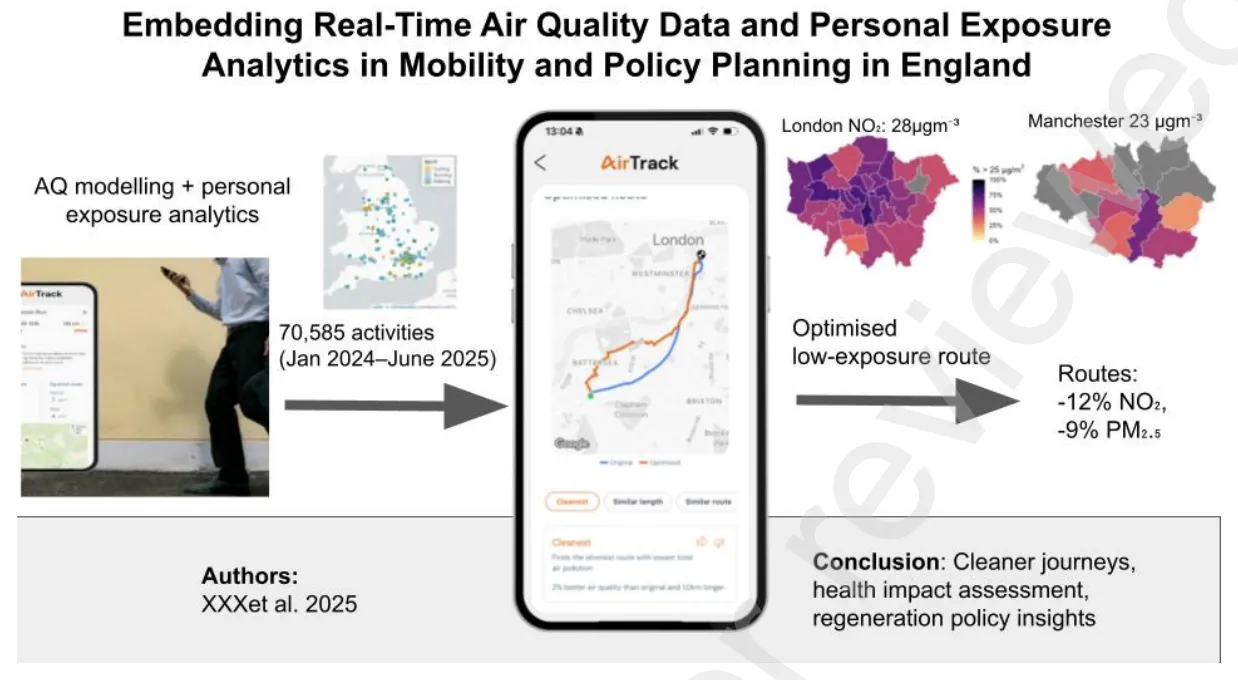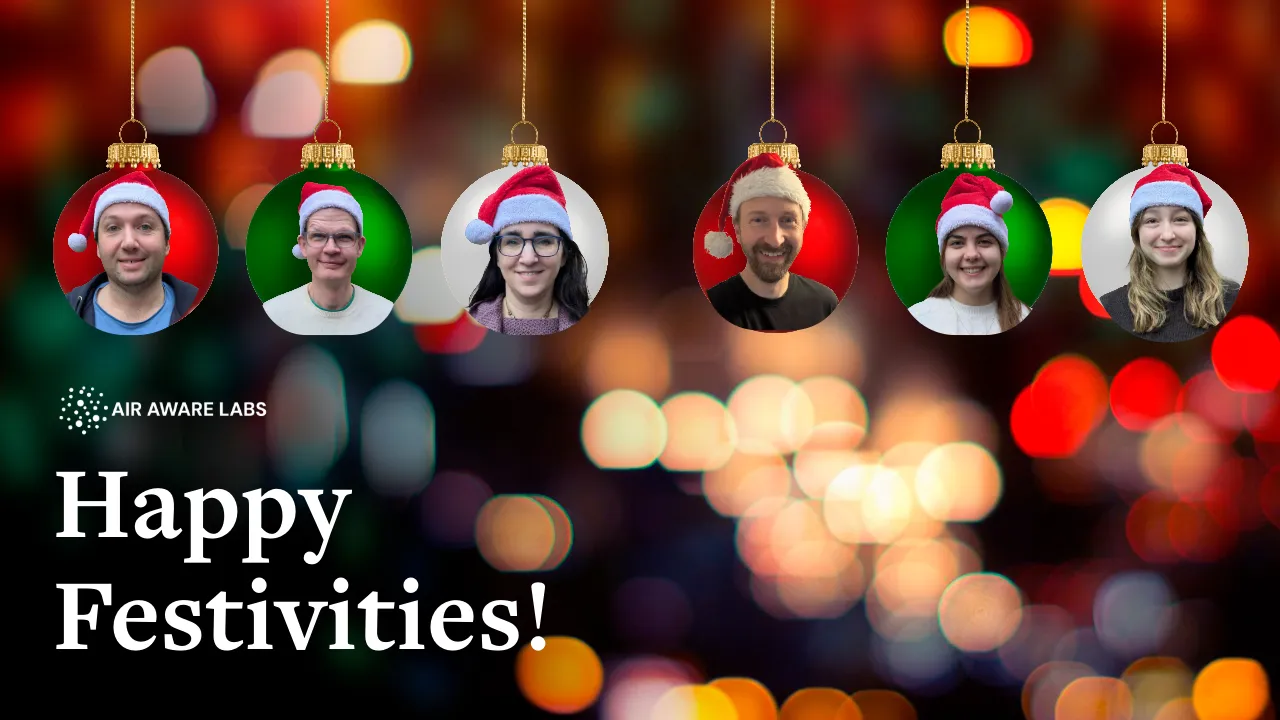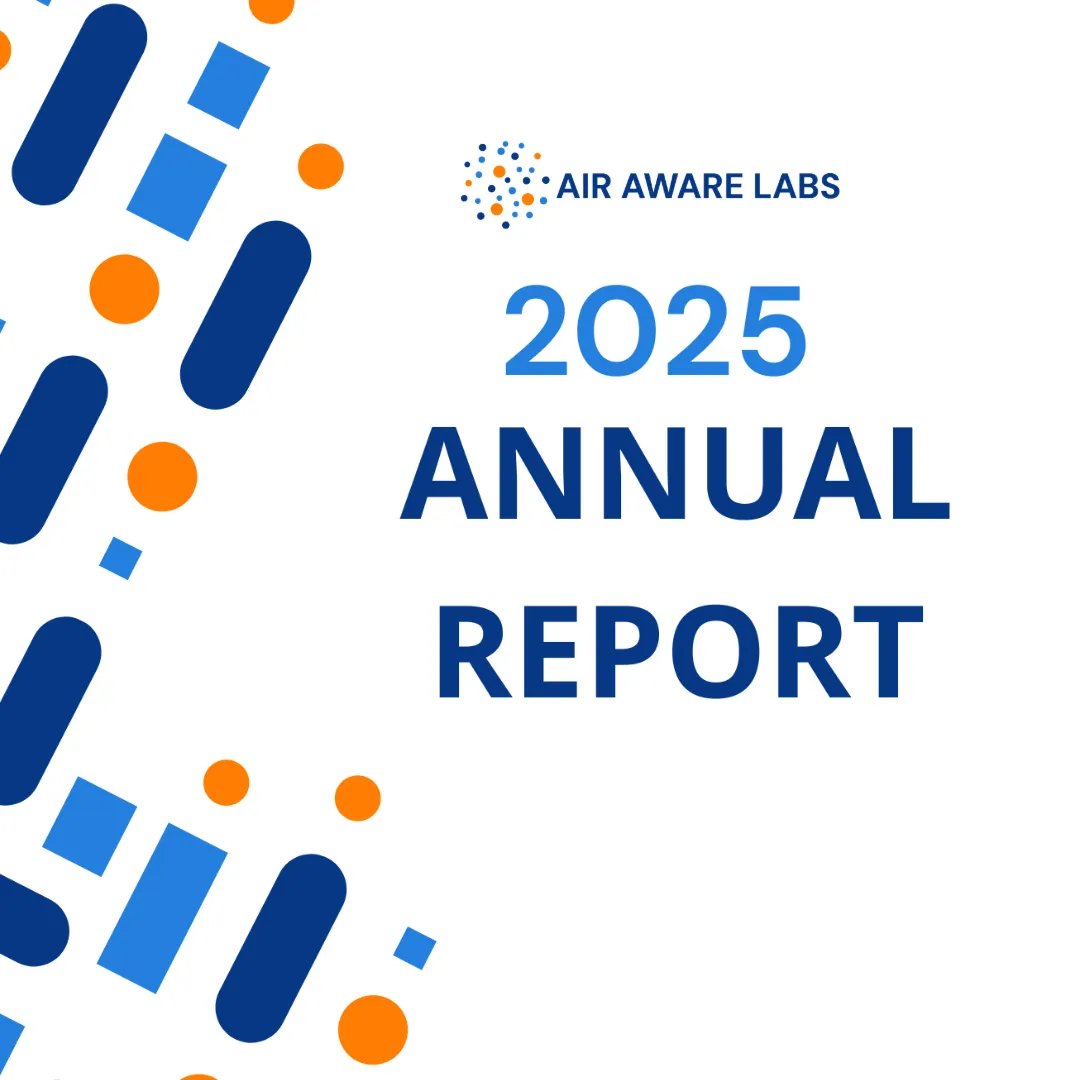Air Pollution and Commuting

Did you know that the average Londoner spends 6% of their time commuting, but this time accounts for 30% of their air pollution exposure? This exposure depends on how you choose to commute to work, the surrounding traffic, and the surrounding environment.
Commuting can be split into active and passive. Active transport includes walking and cycling, while passive transport includes the underground systems, trains, buses, and cars. Each mode of transport has different pollutants and exposure patterns that impact commuters.
Active Commuting
Active modes of transport have the added value of exercise. Exercise means that these commuters inhale more air and therefore may take on a higher dose of the surrounding air pollution. However, given the air they are inhaling is not trapped within a vehicle, active commuters have 18% less exposure compared to car drivers. These levels are dependent on external variables of the source of emissions, control measures in the area, and street canyon configurations. Thankfully, active transport and exercise is still beneficial to health despite air pollution.
Pedestrians
In England, 10% of commuters walk to work, and 32% of all transport journeys are through walking. Compared to other modes of transport, pedestrians are the least exposed to many of the pollutants. For example, compared to cyclists, pedestrians have 30% lower exposure to PM2.5, 40% lower than car users, and 50% lower than bus users. Part of the reason is that pedestrians are not directly on the road behind the vehicles. Still, pedestrians walking on pavements next to high-traffic routes can be exposed to 1.5 to 7 times more air pollution than lower-traffic routes.
Cyclists
In England, 4% of commuters use a bicycle to travel to work. London has been increasing their safe cycle routes in order to make cycling safer and more feasible. Cyclists are often closer to cars and buses than pedestrians, so they have a higher exposure to air pollution compared to pedestrians. Even so, cyclists still breathe better air than cars and buses on the same route as they are not confined to enclosed cabins.
Passive Commuting
Passive transport modes all cause emissions of some sort, which their passengers and others are exposed to.
London Underground commuters are exposed to "tube dust" made from metal particles, mineral dust, and organic matter which are caused by braking and resuspended by every passing train due to poor ventilation. PM2.5 levels are the highest on the Tube platforms, especially on the oldest and deepest tube lines. Other rail methods have lower exposures due to being overground, but diesel-powered trains, engine fuel and presence of tunnels have a big impact on pollutant levels. Similarly, bus riders are impacted by the bus and nearby traffic emissions, getting to and from the bus stops as well as the wait time.
Cars typically have the highest in-vehicle air pollution which depends on the ventilation system (windows open vs closed and air con circulation etc.). There is a movement towards hybrid or electric vehicles, which will diminish exhaust and brake wear emissions but increase road wear, tyre wear and resuspension due to battery weight.
Air Aware Labs
Here at Air Aware Labs, our mission is to provide everyone with personalised air pollution exposure data. You can use AirTrack in order to track and reduce the pollution on your commute to your work. Try testing out different combinations of active transport to see what works best for you. We are also planning work to compare exposure across different transport modes.
International Clean Air Day is on 7 September, and until then is C40's “It’s In The Air” campaign. Cities around the world, including London, will be hosting events and activities focused on air quality. Bring us with you through our partnership with Strava to track your air quality as you participate in this campaign for a greener future.
Written by MJ Brewer


.svg)











